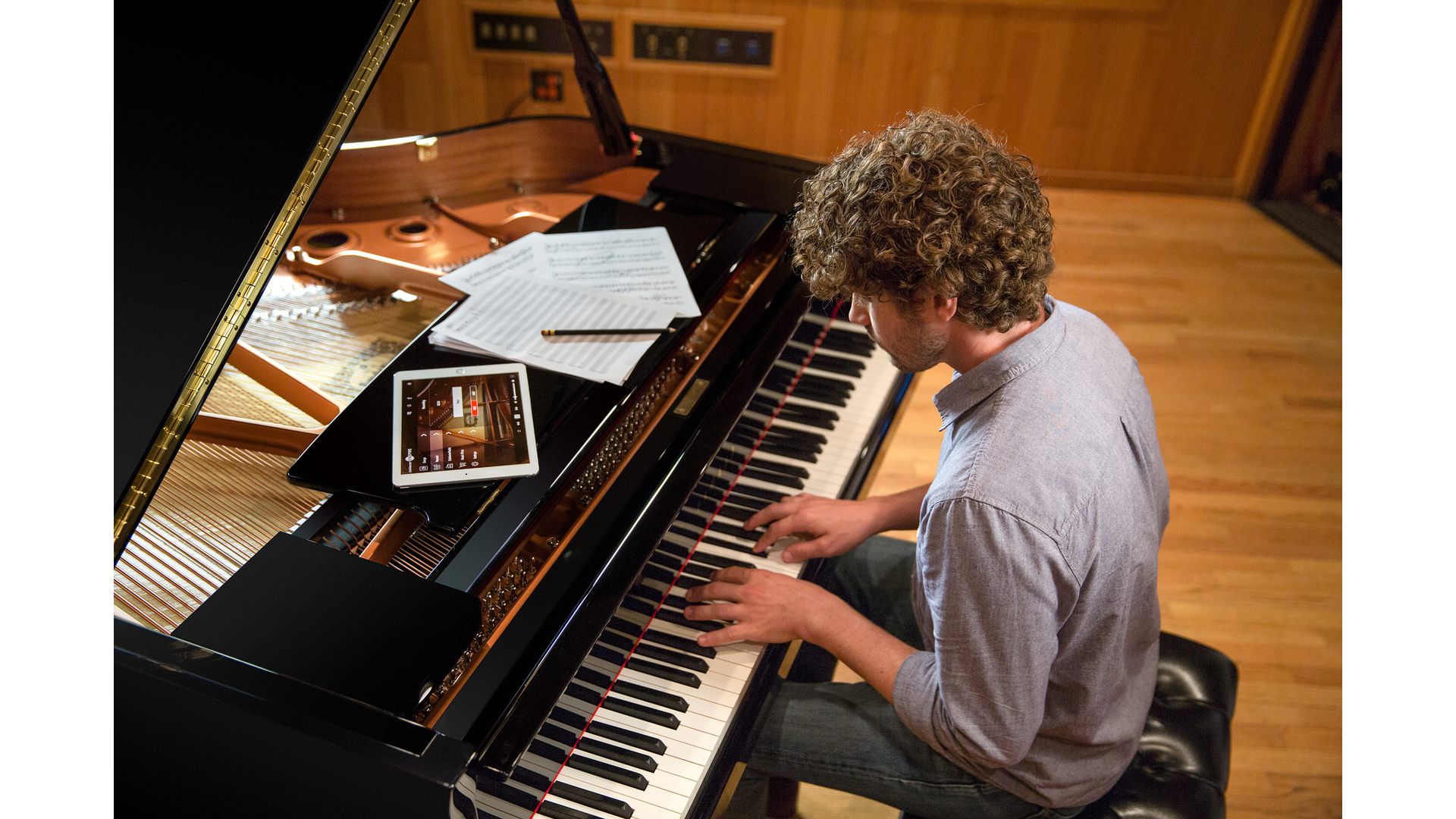Ultimate Guide To Self Playing Pianos: What You Need To Know
When you first see a self-playing piano, it may seem a bit spooky to see the keys moving up and down by themselves. But once you get past the initial shock, you'll soon discover how incredible they can be for providing a focal point for an entertainment space.
In short, you will be listening to an acoustic piano where the hammers are physically hitting the strings as though a real person were playing it, when in fact an inbuilt system has been programmed to control and replicate every movement of each key.
Self-playing pianos are fascinating to watch. If you are a budding composer or improviser looking for inspiration, then watching a self-playing piano can really boost your creativity. You can really appreciate great pieces of music and the way composers make best use of everything the piano has to offer.
If you want to analyse your own musical inventions, you can can record yourself playing and watch the piano play back to you. You can even enjoy playing along to your favourite tracks. So not only are they great for entertainment, they can also be an excellent learning device and help to improve your performance skills.

A little bit of history about self playing pianos
Self playing pianos were previously known as player pianos or pianolas. But where did this invention come from? If you've ever seen a fairground organ, you'll be familiar with the concept. These worked using perforated paper and metallic rolls.
These were mostly operated through a bellow system using air. However, every note that was played sounded the same in terms of expression and there wasn't any definition of touch to replicate the velocity at which a key was hit.
However, in more modern player pianos, electro magnetic technology can capture the exact force a pianist is using to hit the piano's keys. Electric recordings and the use of the Phonograph eventually brought sales of Pianolas to an end around 1930, and it will be no surprise to you that modern self playing pianos (or reproducing pianos) now incorporate digital systems into acoustic pianos.
The system has developed from using magnetic tape and floppy disk to using MIDI. You can even connect mobile devices to enjoy playback from your music collection.
How does a self playing piano work?
Modern self playing pianos come in a wide range of shapes and sizes, from grand acoustic pianos to the acclaimed upright piano. The self play function will work the same on all modern pianos. The inner workings of the piano are the same as any conventional piano, where the piano's keys control the hammers which hit the strings. When you play softer, the sound is softer, but if the piano's keys are hit harder, the sound is more dramatic.
With a self playing instrument, when you hit play, the instrument uses an electromagnetic mechanism to control the keys. You can even record yourself playing a piece, and then listen back, with the keys, pedals and hammers recreating everything you did to compose the piece. By connecting a mobile device, you can save your compositions using the MIDI connectivity.
How much does a self playing piano cost?
This type of instrument will cost more than a true acoustic piano, simply because it offers more functionality. The Yamaha Disklavier Enspire collection starts at £23,000 while the PianoDisc range starts at just over £16,000. These are truly an investment for your home or business, where they will become the focal point and an incredible learning device.

Our range of self-playing pianos
At Broughton Pianos, we now stock Yamaha Disklavier pianos from the ENSPIRE SERIES and the Pianodisc system- the equivalent to what we might call, modern day player pianos. Disklavier pianos and Pianodisc systems have the potential to transfer performances into MIDI and play them back to you on the piano.
The PianoDisc system can be installed onto any Grand and Upright piano. Yamaha Disklavier Enspire is particularly useful for long distance learning and teaching students (if you are part of the Yamaha Disklavier Education Network) as you can conduct remote lessons by connecting two Disklaviers located almost anywhere in the world.
Whatever you have in mind, a self-playing piano can fulfil many different purposes from teaching, accompanying and helping to compose music through to entertainment in the hospitality sector and your own home.